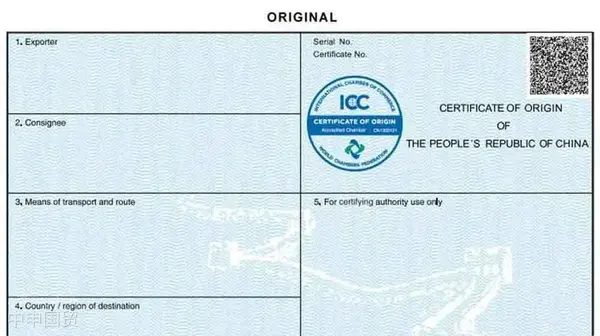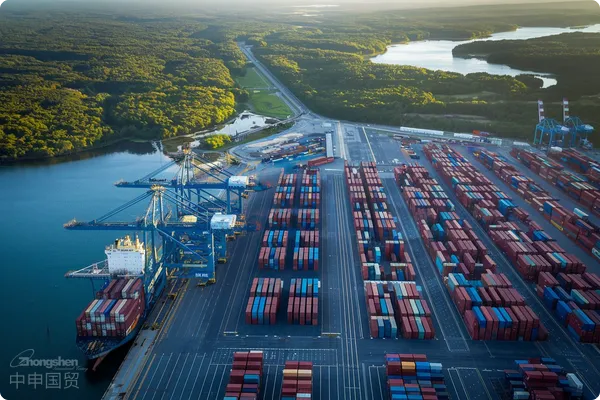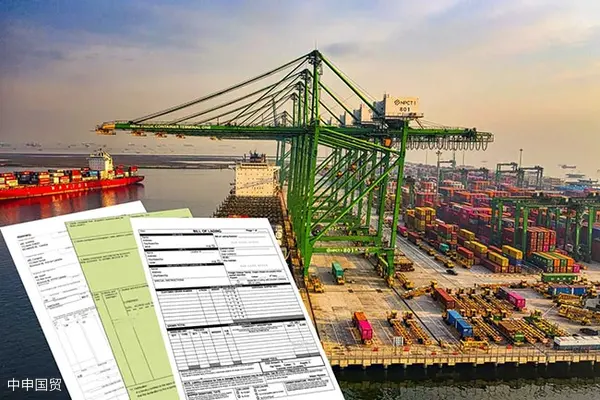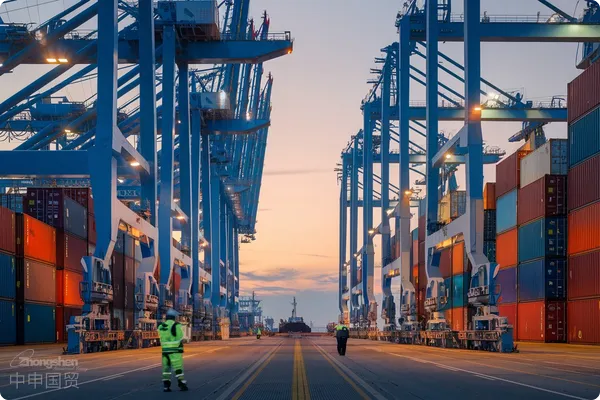- Shanghai Zhongshen International Trade Co., Ltd. - Two decades of trade agency expertise.
- Service Hotline: 139 1787 2118
The consignment note is an important document filled out by the shipper according to the transaction contract andLetter of Creditterms. The carrier considers factors such as the shipping schedule, route, and shipping space based on the content of the consignment note to confirm whether to accept the consignment business. This article will introduce the main content of the consignment note and matters needing attention when filling it out.
I. Main Content of the Consignment Note:
(1) Business Scope or Shipper:Fill in the name of the export enterprise.
(2) Consignee:Fill in the corresponding consignee information according to the transaction contract or letter of credit.
(3) Notify Party:Fill in the exact enterprise name and address according to the letter of credit.
(4) Partial Shipment and Transshipment:Specify whether the goods are applicable to partial shipment and transshipment operations.
(5) Freight:Indicate whether the freight is prepaid or collect.
(6) Shipment Date:Determine the shipment date according to the transaction contract or letter of credit.
(7) Description of Goods and Packaging:Write down the name of the general category of the goods, the number and type of packages used.
(8) Total Gross Weight, Total Volume and Total Net Weight:Fill in according to the actual goods data.
II. Precautions for Filling out the Consignment Note:
(1) Port of Destination:Ensure that the name of the port of destination is filled in accurately and in detail, consistent with the letter of credit. If there are ports with the same name, the country or region where it is located should be indicated. For optional ports, the route and voyage should also be the same as those in the letter of credit.
(2) Shipping Number:The shipper with theimport and exportright should have their own consignment code for verification and financial settlement. It is usually the same as the commercial invoice number.
(3) Name of Goods:Write the actual name of the goods in Chinese and English respectively, consistent with the name of the goods stated in the letter of credit.
(4) Marks and Numbers:Marks and numbers help distinguish different goods, including the model, batch number of the goods, the abbreviation or code of the consignee, and relevant graphics, etc.
(5) Weight and Measurement:The weight of the goods is usually measured in kilograms, and the measurement is in cubic meters.
(6) Description of Goods:For palletized goods, in addition to indicating the weight and measurement, the weight and measurement data of the pallets used should also be provided. For extra - long, extra - high, and overweight goods, the volume and weight of each piece of goods should be marked in detail so that the freight forwarder can select the appropriate loading equipment.
(7) Payment Method:There are usually two options: freight collect and prepaid. If the goods need to be transshipped, indicate the payment methods applicable to the first and second legs respectively.
(8) Supplementary Instructions:What needs to be indicated are the relevant shipping terms for booking space, stowage, and special conditions proposed by the letter - of - credit customers.
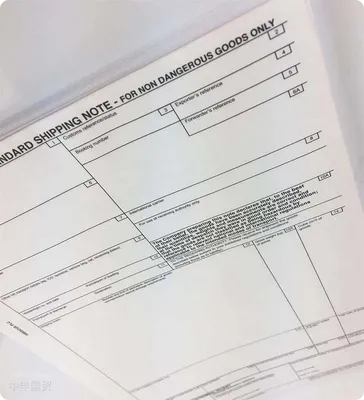
Related Recommendations
? 2025. All Rights Reserved. 滬ICP備2023007705號(hào)-2  PSB Record: Shanghai No.31011502009912
PSB Record: Shanghai No.31011502009912
